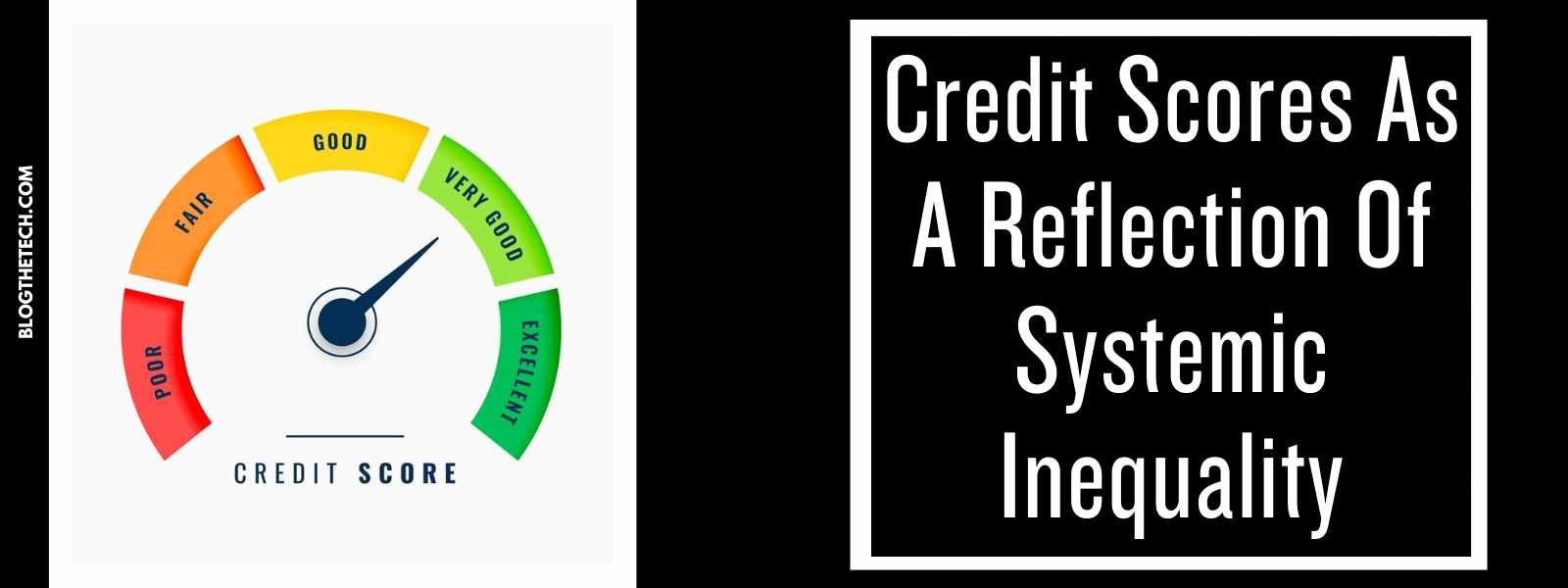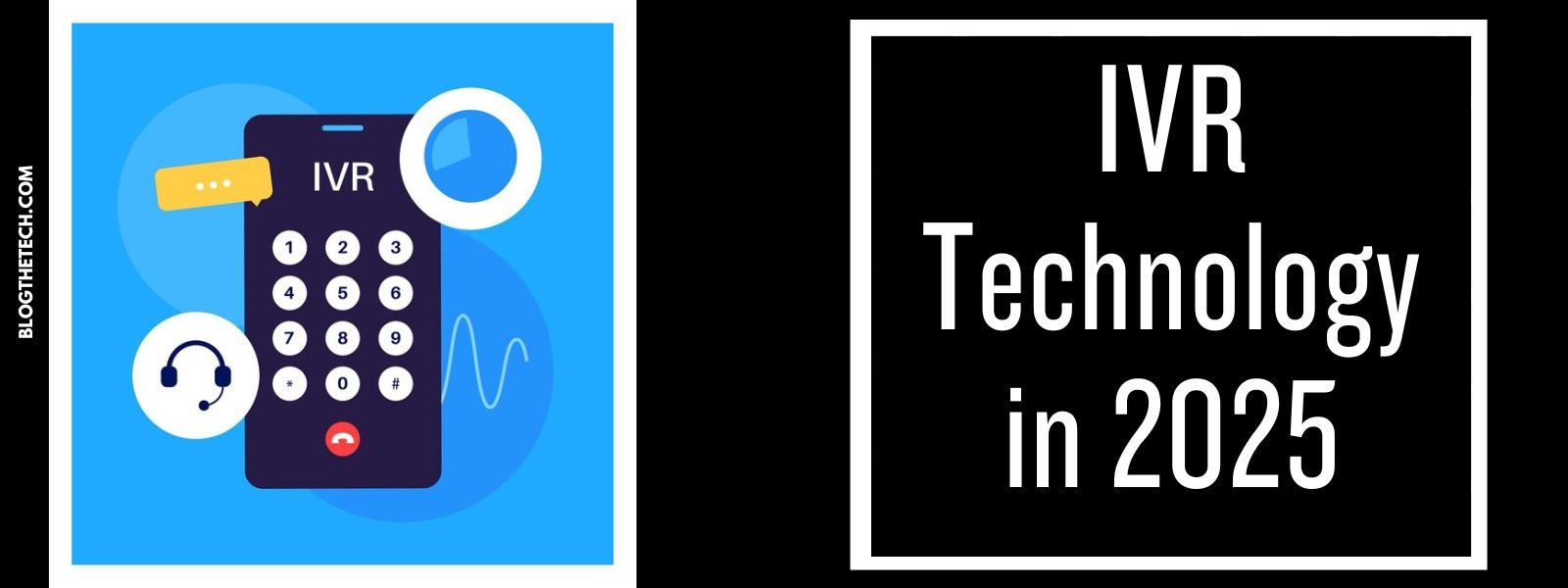Whether you’re looking for a personal loan, mortgage, or any other type of financing, one thing is certain: loan companies want to be paid back on time. Their job is to assess the risk that comes with lending you money, and they make their decision based on a few key factors that help them determine whether you’re likely to repay the loan. If you’re in a tight spot and need funds—maybe even considering a title loan in Ohio or another short-term loan—getting approved might seem daunting. But don’t worry; with the right strategies, you can improve your chances of loan approval and unlock more borrowing options.
The key is to understand what lenders are looking for and take proactive steps to boost your financial profile. In this article, we’ll dive into practical tips to increase your loan approval chances, as well as explore alternative borrowing options for situations where traditional loans may not be the best fit.
Check Your Credit Report and Score
Your credit score is one of the first things a lender looks at when deciding whether or not to approve your loan application. A higher score generally means less risk for the lender, and that could lead to better loan terms. Before applying for any loan, take the time to check your credit report and score. You can get a free copy of your credit report from the major bureaus—Equifax, Experian, and TransUnion—once a year.
Look over your credit report for any errors or discrepancies, like incorrect account information or missed payments that shouldn’t be there. If you find mistakes, dispute them with the credit bureaus to have them corrected. A clean credit report gives you a better chance of securing approval.
If your credit score is on the lower end, don’t panic. Many loan companies are open to working with borrowers with fair or poor credit, especially if other aspects of your financial situation are solid.
Pay Down High-Interest Debt
One way to boost your credit score and improve your loan approval chances is by paying down high-interest debt. The more you owe relative to your income, the higher your debt-to-income (DTI) ratio, and lenders consider this when assessing your application. By reducing your credit card balances or personal loans, you can lower your DTI and show lenders that you’re making strides toward financial stability.
Focus on paying off high-interest credit cards first, as they typically cost more in the long run. Additionally, try not to open new lines of credit during the months leading up to your loan application. More debt can make you appear riskier to lenders.
Provide Proof of Steady Income
Lenders need assurance that you can make your loan payments on time. This is where proof of income comes into play. If you’re employed, provide your pay stubs, tax returns, or bank statements to show you have a reliable and consistent income. Freelancers or those with self-employed income may need to provide additional documentation, such as contracts or recent invoices, to demonstrate that they can reliably cover the loan payments.
If you’ve recently changed jobs or have gaps in your employment history, it could make it harder to get approved. In this case, providing a letter of employment, proof of ongoing projects, or additional financial backing might help reassure lenders that you’re financially stable.
Consider a Co-Signer or Collateral
If your credit score is low or your income is less than ideal, you might want to consider adding a co-signer or offering collateral. A co-signer is someone who agrees to take on the responsibility of the loan if you can’t make the payments, such as a family member or friend with better credit. Having a co-signer with strong credit can improve your approval chances and may even help you secure a lower interest rate.
Alternatively, offering collateral, like a car or property, can make you less risky to lenders. If you’re looking into options like a title loan in Ohio, using your car as collateral could allow you to borrow against its value. However, be aware that if you don’t repay the loan, you risk losing the asset you used as collateral.
Shop Around for Lenders
Not all lenders have the same criteria for loan approval. While traditional banks tend to have strict requirements, there are other lending options, including credit unions, online lenders, and peer-to-peer lending platforms. Credit unions often offer more flexible terms and lower interest rates than big banks, especially for members with less-than-perfect credit.
Online lenders can also be a good option, as many specialize in working with borrowers who have lower credit scores. These lenders typically provide fast approval processes and may be more lenient when it comes to certain financial factors.
Take the time to shop around and compare interest rates, loan terms, and eligibility requirements before choosing a lender. Different lenders offer different benefits, so find one that suits your needs.
Consider Alternative Borrowing Methods
If traditional loans aren’t an option for you, there are other borrowing methods that might be worth considering. For instance, if you have assets like a car, home, or valuable possessions, you could explore secured loans, such as auto title loans or pawn loans. With a title loan in Ohio, for example, you can borrow money using your vehicle’s title as collateral. While these loans typically have higher interest rates, they may offer quicker access to funds than traditional loans and could be a good option in an emergency.
If you’re facing urgent financial needs but don’t want to take on high-interest loans, peer-to-peer lending platforms might be another alternative. These platforms allow individuals to lend money to one another, often with lower interest rates and more flexible approval criteria.
Lastly, you might also consider borrowing from friends or family, though it’s important to approach this option carefully and be clear about your repayment plan to avoid tension in personal relationships.
Keep Your Loan Application Simple and Complete
One of the easiest ways to improve your chances of loan approval is to submit a complete and accurate application. Make sure all the necessary fields are filled out, and double-check your information before submitting. Incomplete applications or mistakes can cause delays or lead to automatic rejection.
Additionally, some lenders might require a detailed explanation of your financial situation, especially if you have poor credit or a short employment history. Being upfront and transparent can help build trust with lenders and give them a clearer picture of your ability to repay the loan.
Conclusion: Take Control of Your Loan Approval Chances
While the process of applying for a loan can seem intimidating, taking proactive steps to improve your credit, reduce debt, and shop around for the best lender can significantly increase your approval chances. By understanding what lenders are looking for and addressing those concerns ahead of time, you’ll be in a stronger position to qualify for the funds you need.
Additionally, exploring alternative borrowing methods like secured loans, peer-to-peer lending, or even using collateral, can provide you with more options if traditional loans aren’t available to you. Remember, improving your financial health is a gradual process, but by being strategic and informed, you can boost your chances of getting the loan you need—on terms that work for you.














